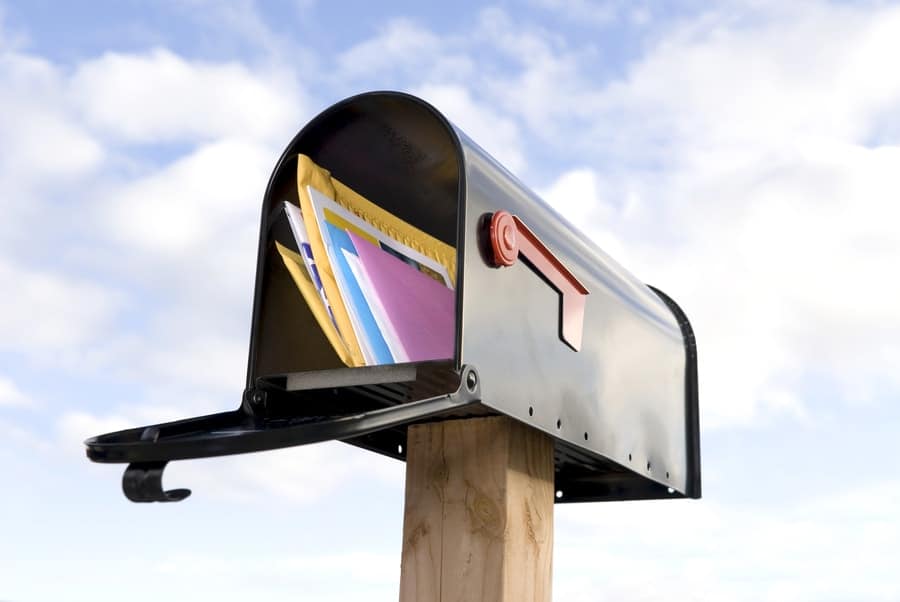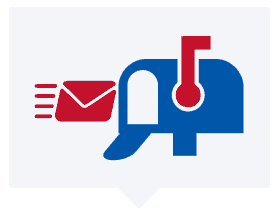How to Design Direct Mail Postcards?
Before you begin designing your direct mail postcards, you’ll want to choose the best color palette, size, and copy placement. These are all critical parts of direct mail design. Hopefully, this article will give you the confidence to design a postcard that will get you noticed! We’ll also discuss personalization and how to make your postcards stand out from your competitors. Follow these tips to make sure your postcard is a success.
(If you are looking for a trusted and certified mail outsource, Choose Towne Mailer!)

Color palette
When it comes to the color palette for direct mail postcards, blue and yellow are solid choices. The bright yellow is often associated with youth and happiness, while cool blue is generally perceived as calming and soothing. Researching the emotions associated with these colors will make your decision easier. Below are three examples of how to incorporate these colors into your design. If you want to add a little more energy to your direct mail postcards, consider using the color orange. It is playful and adds a feeling of excitement without being too extreme.
When selecting the color palette, keep in mind that people tend to associate different colors with different emotions. The psychology of colors can give your marketing campaign an added boost. Whether you’re designing a postcard to attract new customers or build a stronger relationship with existing ones, it is essential to select colors that resonate with your audience. Using color psychology to your advantage is a smart way to establish a relationship with consumers.
Size
Direct mail postcards are often larger than the standard postcard size, which increases their visibility and flexibility. Direct mail postcards that are 8.5″ x 11″ are most effective for introducing a new business or service and stand out from the other direct mail pieces in the mailbox. For businesses that have more detailed information to convey, the larger size is a good option. Here are some tips for choosing postcard sizes for your direct mail campaigns:
When choosing a direct mail postcard size, keep in mind the timeframe of your marketing campaign. For example, if you are launching a holiday-themed direct mail campaign, it will likely be sent out with special delivery requirements, such as priority mail. USPS has specific standards for postcard sizes so that your marketing materials will arrive at their destination faster. A multichannel marketing campaign may also require special delivery. If your campaign has an elongated timeframe, consider using a larger postcard size.
Copy placement
The key to copying placement on direct mail postcards is to keep the reader in the center of your messaging. While a traditional sales letter may have a large amount of copy, postcards aren’t the place for long lists of benefits or FAQs. Instead, design your postcards like social media and use white space to your advantage. White space refers to any space on the postcard that isn’t filled with text.
In direct mail, the most important part of the copy is the offer, which spells out the benefits of taking an action. It should be so valuable that your prospect can’t refuse it. Use engaging language to entice them. Then, make the offer stand out even more. A compelling copy will engage your audience and encourage them to take action. Ensure that your copy is short enough for them to comprehend and take action.
Personalization
As a marketing strategy, personalization is becoming more important than ever. While it used to be enough to personalize one aspect of a direct mail postcard, consumers now expect to receive multiple elements of the same postcard. Whether it’s a product recommendation or an image of a discount expiration date, this extra effort can make all the difference in how readers interact with the direct mail postcard. Here are some tips to increase the personalization of your direct mail postcards:
When implementing personalization into your direct mail postcard campaign, the first step is understanding your target customers. Knowing their pain points and interests can help you build a tailored strategy. 77% of USPS customers check their mail daily. Moreover, personalization makes direct mail more likely to get the attention of a potential customer. Variable data printing is the most effective technique for personalization. This way, you can ensure that each postcard is addressed to a unique recipient.

